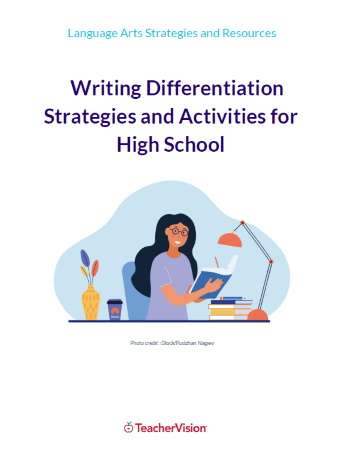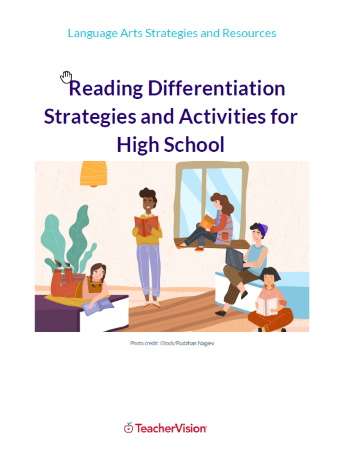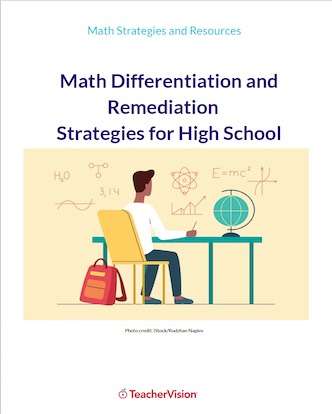Adapting Language Arts, Social Studies, and Science for the Inclusive Classroom
Little research has been conducted on how to adapt and implement materials effectively with students. Research on how to successfully weave adaptations into the general education curriculum is even more sparse. The few studies that have been conducted in this area indicate:
- The process for determining when materials should be adapted
- The focus of the adaptation
- How the adaptation should be implemented with students
- How students become informed about the adaptation
In some cases, making and implementing an effective adaptation can be more time consuming and complex than teaching a student the skills needed to meet a particular demand. Therefore, the process for determining when and how a particular adaptation should be used is as important as the adaptation itself. The following are steps that provide a suggested framework for making decisions about using material adaptations effectively. To see the entire article, click on the title link.







